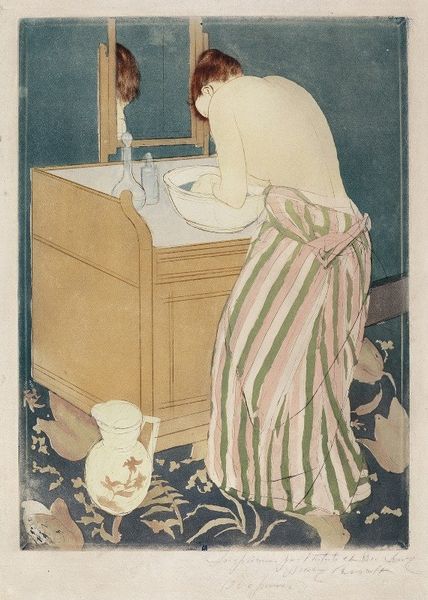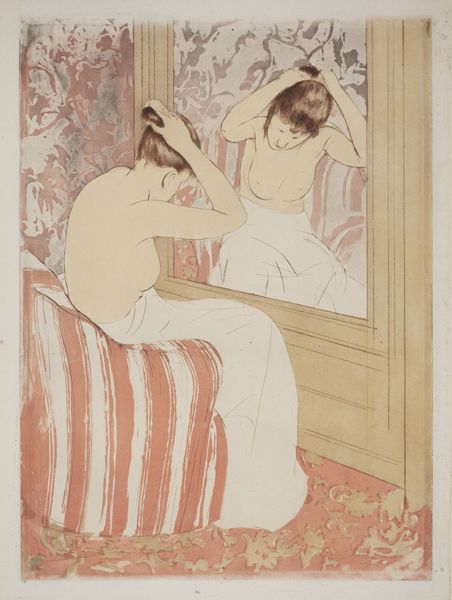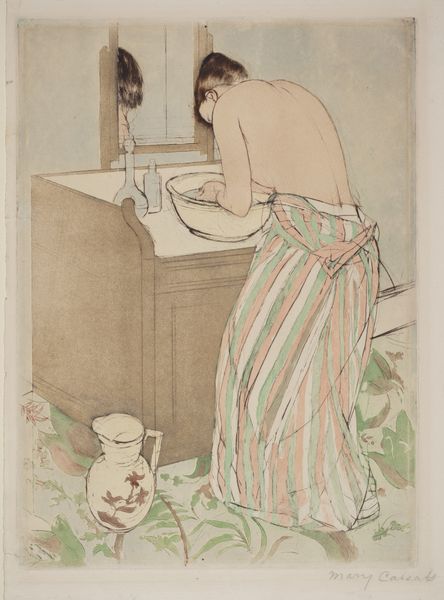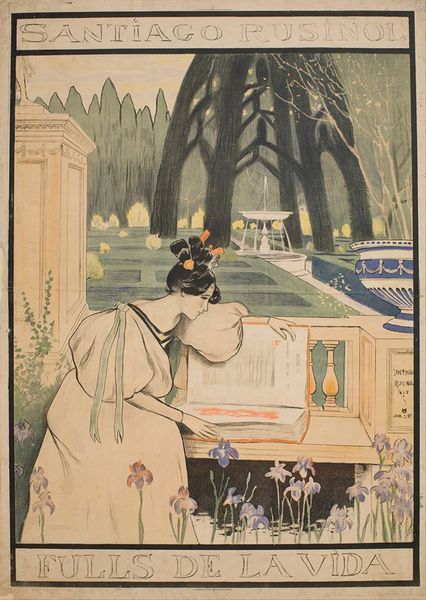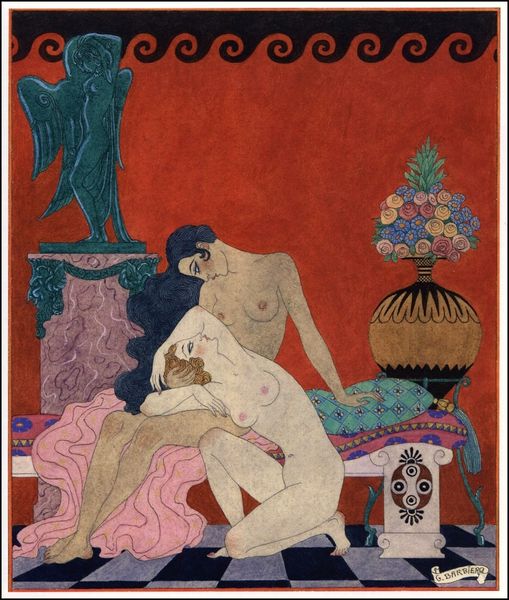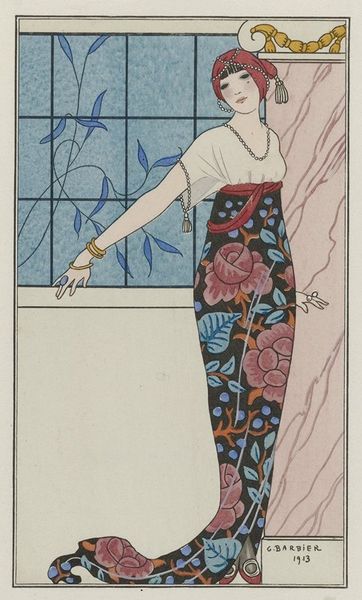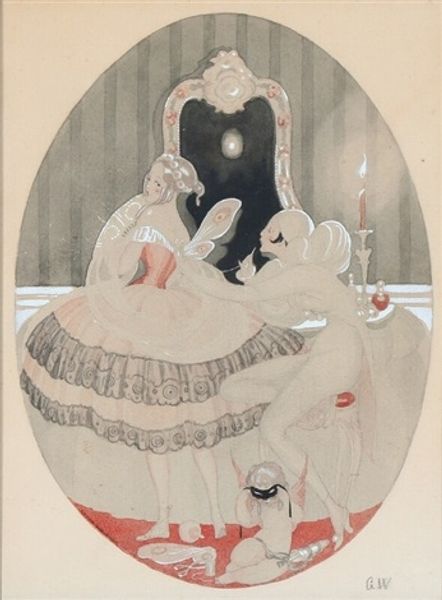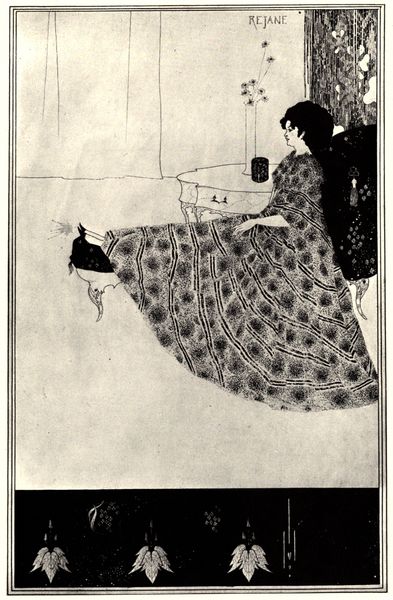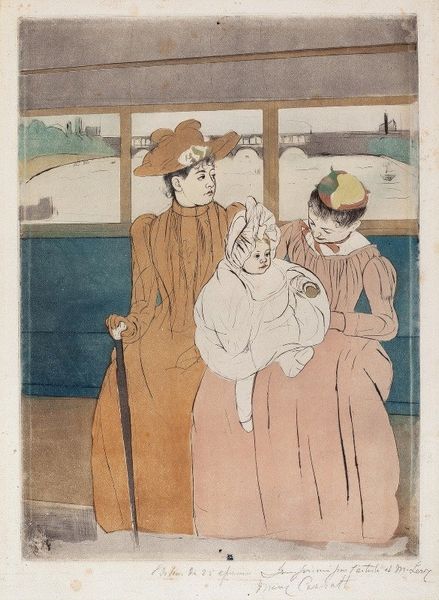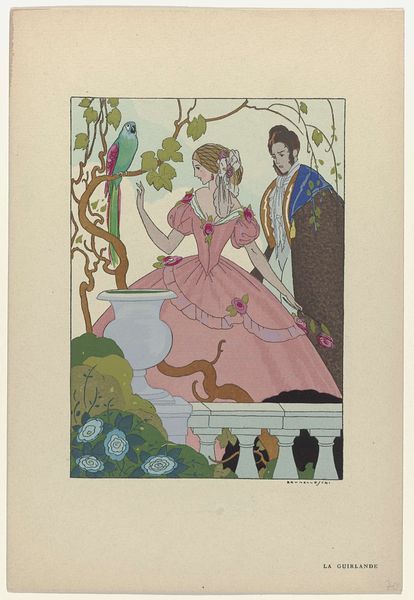
Copyright: Public domain
Editor: This is "The Bath" by Mary Cassatt, created in 1891. It looks like it’s an oil painting, and it strikes me as very intimate, focusing on a domestic scene between a mother and child. What do you see in this piece? Curator: It’s an extraordinary image that engages with various critical dialogues. Considering Cassatt’s position as a woman Impressionist, how does this painting speak to or challenge the male gaze often associated with depictions of women, particularly within domestic settings? We see the act of bathing, but it feels less about sexualization and more about the nurturing relationship and the everyday lived experience. Editor: That’s a perspective I hadn’t fully considered. How does her focus on the mundane connect to larger societal narratives around women and their roles during that time? Curator: Exactly! Cassatt highlights the dignity of these private moments. How might we interpret her decision to depict such a scene against the backdrop of societal expectations that often confined women to the domestic sphere while simultaneously devaluing their contributions? Think about the inherent politics of depicting a subject deemed "unworthy" by the traditional art establishment. Editor: So, it's not just a painting of a mother bathing her child, but a subtle commentary on the importance and artistry within those often-overlooked moments? Curator: Precisely. By choosing this intimate subject, Cassatt elevates the status of these undervalued experiences, demanding recognition for the emotional labor and beauty inherent in these interactions. This work prompts us to ask: Whose stories are told, and who gets to tell them? Editor: That's incredible. I’ll never look at it the same way again! Thank you for providing context on this artwork. It's inspired me to do more research. Curator: Indeed. By examining these pieces through the lens of gender and social context, we unveil so much richness. This understanding challenges us to re-evaluate our perspectives and celebrate those narratives previously confined to the periphery.
Comments
No comments
Be the first to comment and join the conversation on the ultimate creative platform.
